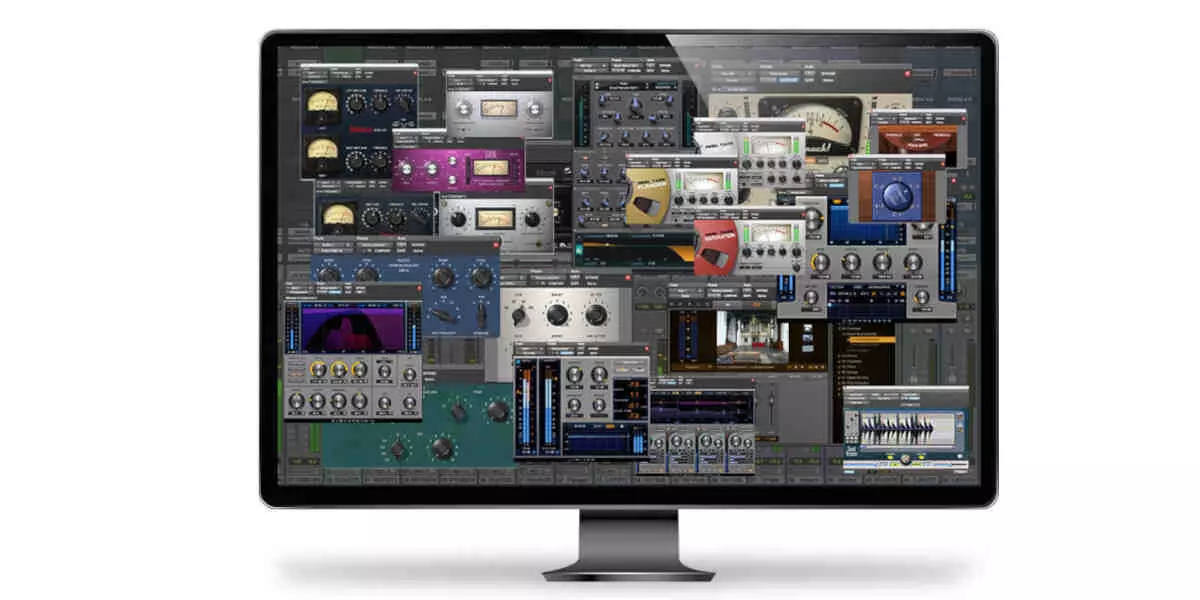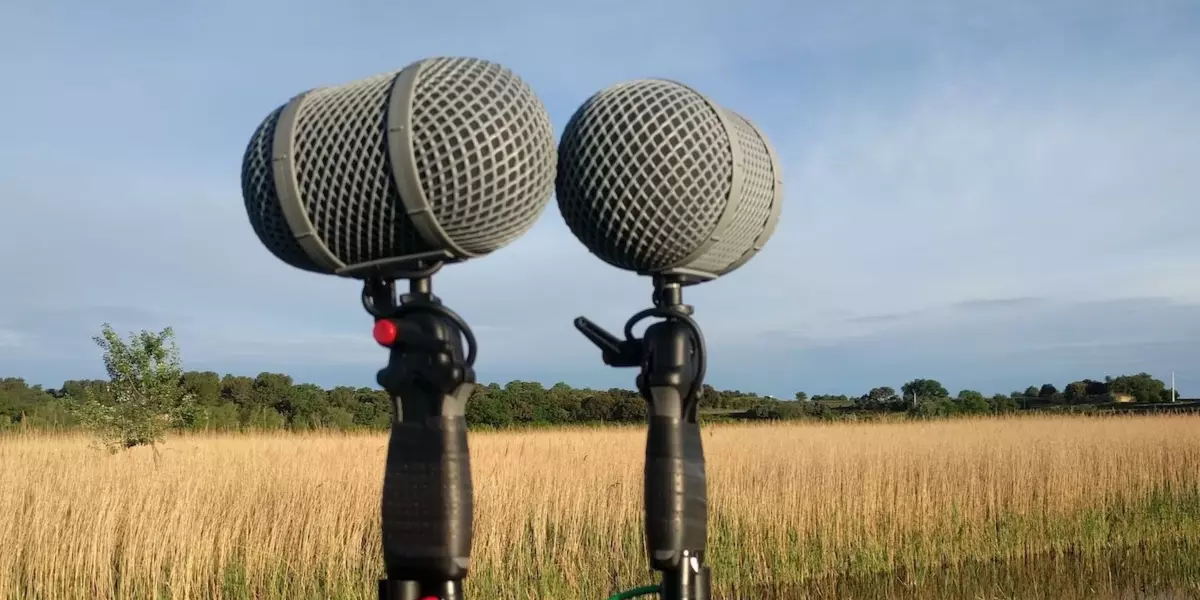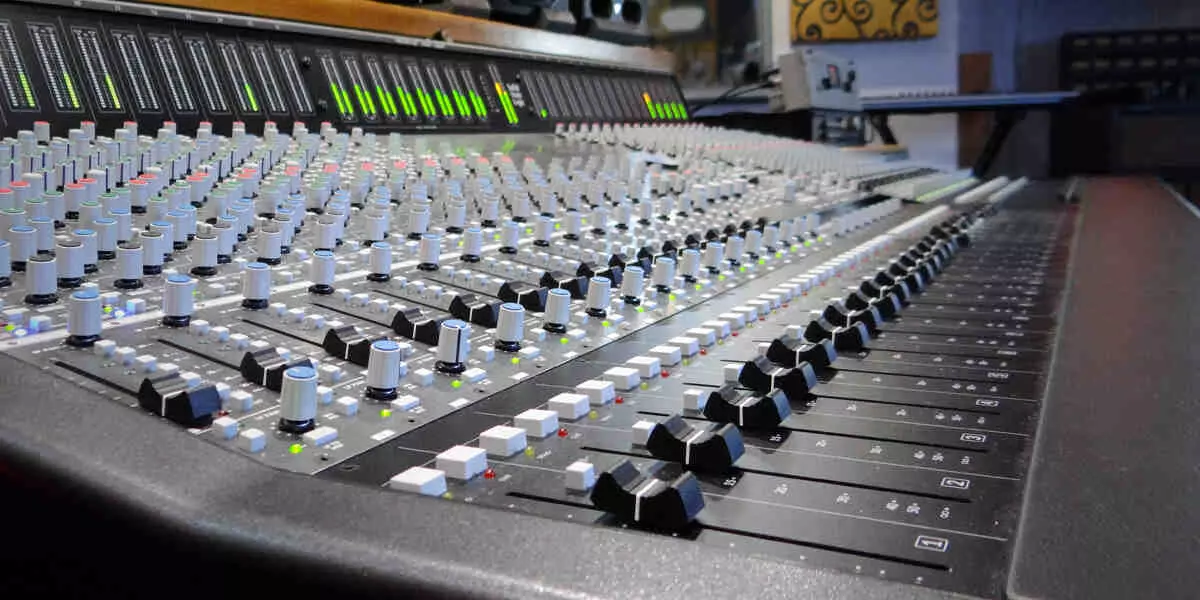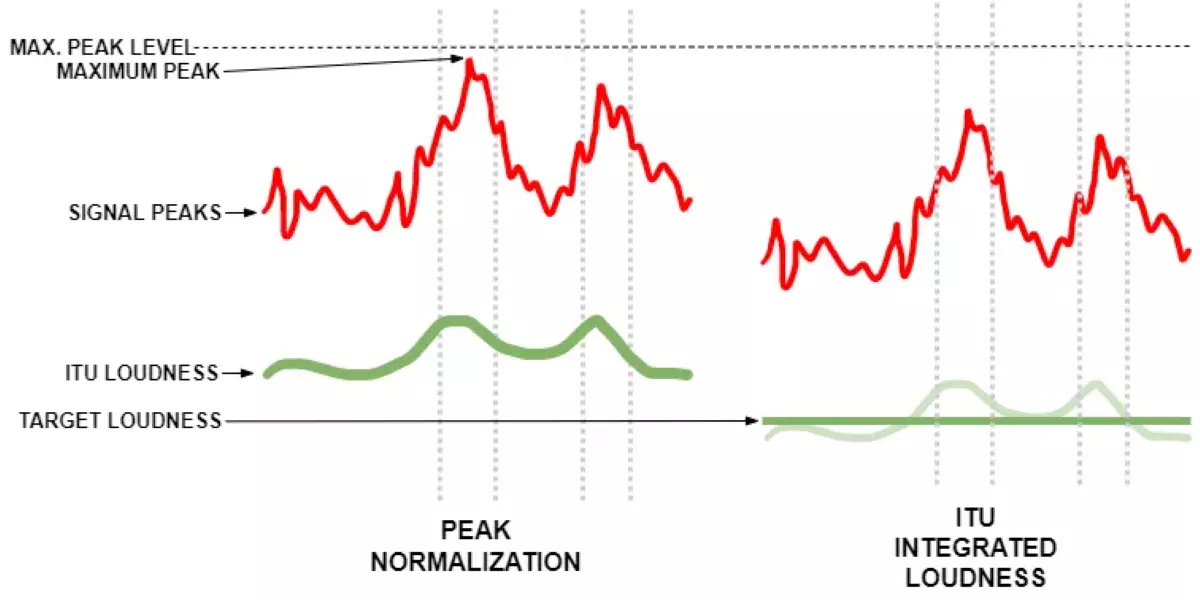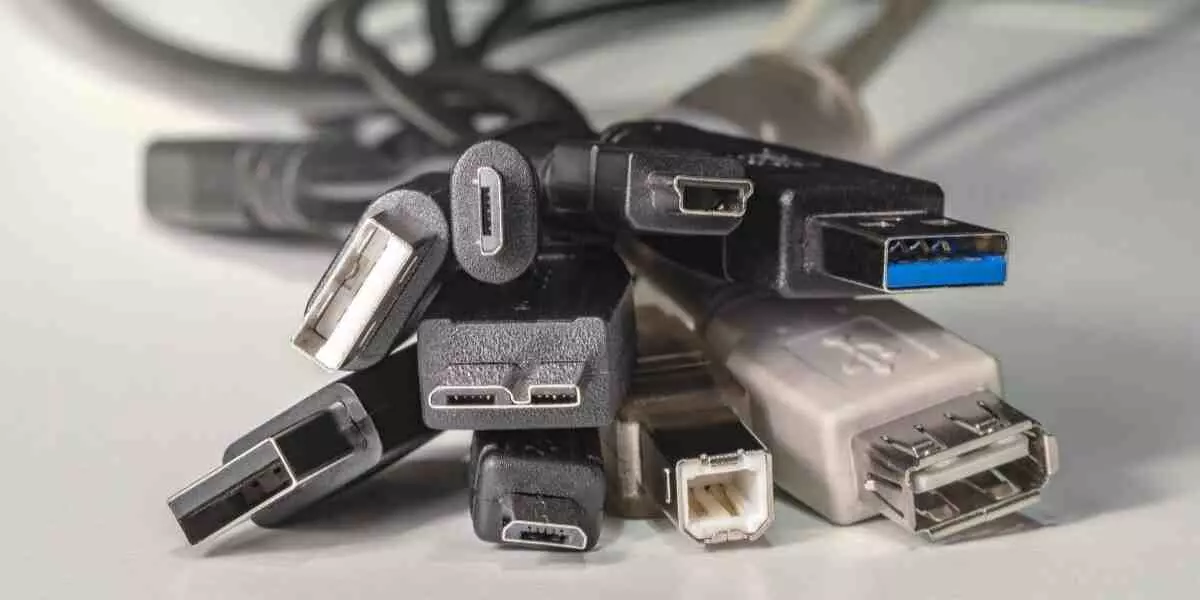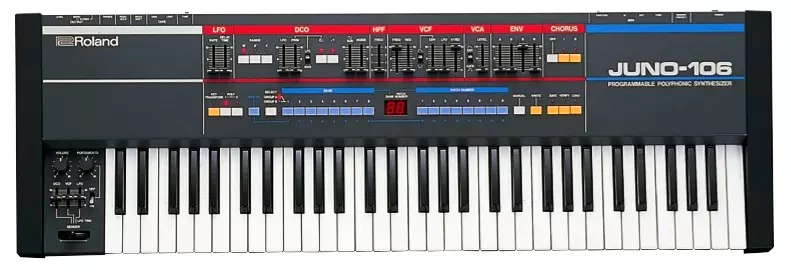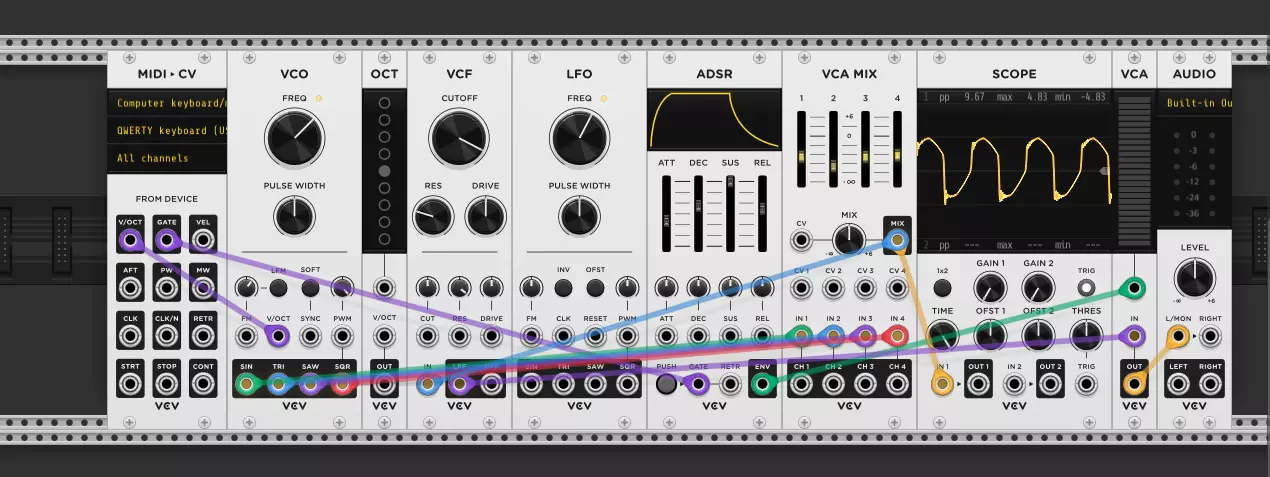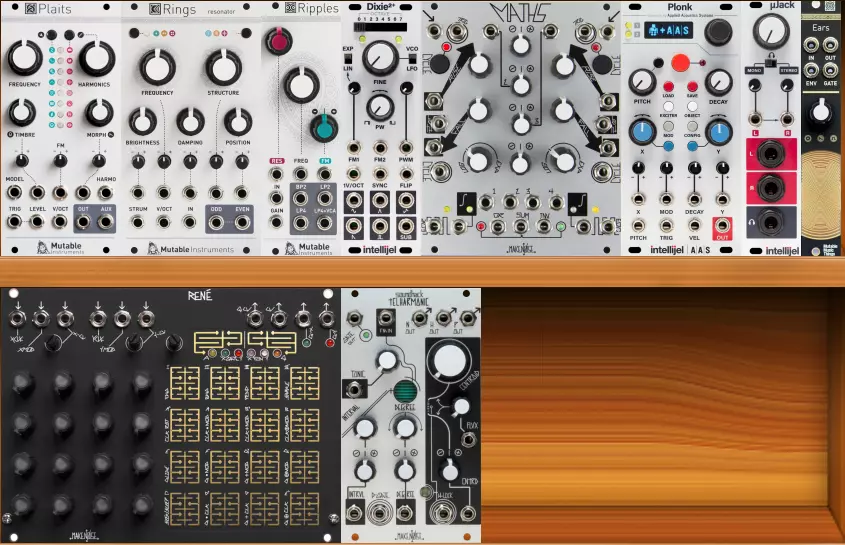Modular Synthesis (Eurorack) - A How-to Guide

Introduction
Let’s talk about modular synthesis. These days, when you say “modular” anything, you might think about a new-age couch that doesn’t require any tools to put together, or you might think about a shelving system from Sweden that has endless configuration possibilities. For the purpose of this article, however, “modular” refers both to the concepts of modular synthesis and synthesizers, as well as the physical modules themselves. By the end of this article, you will have a basic understanding of what’s involved in modular synthesis. I’ll also be talking about some resources that you can look at right now to help expand your knowledge of all things modular.
But first:
The concept of modular synthesis is ridiculously vast. What I’m going to be talking about ahead is a fraction of a fraction of what’s involved. I’m going to be doing my best to keep this article concise, but some subjects may need more explanation. Treat this as a very basic introduction to modular, but bear in mind that this is only the beginning of the rabbit hole. So let's get into it, shall we? Allons-y!
Just What Is Modular, Anyway?
Synthezisers, deconstructed
Think of modular syntha as deconstructed traditional synthesizers. Traditional synths are made up of a keybed, maybe some kind of memory, and lots of knobs and sliders divided into groups that control different aspects of the sound, and then ports for things like MIDI connections, other digital connections, and audio connections so that you can hear what you’re doing. With modular, you are taking those groups and putting them into something that is, practically speaking, an open-concept, customized synth.
Let’s look at one such traditional synth, the Roland Juno-106:
fig. 1 - a Roland JUNO-106 61-key synthesizer. Note the sections along the top.
If you look at the interface above the keybed in figure 1, you’ll see that the sliders and buttons are divided into several sections: LFO (Low Frequency Oscillator), DCO (Digitally Controlled Oscillator), HPF (High Pass Filter), VCF (Voltage Controlled Filter), VCA (Voltage Controlled Amplifier), and ENV (Envelope), and the effects section (Chorus). In the modular synth world, all those sections exist as individual modules that you can build into your own unique synth, which can be as simple or as vastly complex as you want. In the early days of modular synthesizers, individual modules could take up an entire wall, installed in specialized racks; nowadays, individual modules can be held in your hand and placed in a portable case for you to take to a gig. Like most technology, modular has shrunk to the point where universities aren’t the only ones that can afford to have a setup. But how did modules go from being huge to being tiny? For that, we have to go back to 1996.
Eurorack: The Gold Standard
The most ubiquitous form of module today conforms to a standard called Eurorack, which was created in 1996 by German company Doepfer Musikeletronik (or just Doepfer if you don’t have much time). The standard involves how the modules are sized, the voltages used to power them, and the cabling used. The majority of modules measure the same in height, which is 3U (U being short for Rack Units, a standard in audio) or 128.5mm. Width, which varies from module to module, is measured in HP, or horizontal pitch; 1HP is equivalent to 5.08mm. Some manufacturers make modules that measure 1U in height, but those are less common than their 3U counterparts. As such, eurorack cases come in varying sizes and configurations, depending on your end goals; some 3U cases might have two rows with 100HP, or a single row of 80HP. Cases can be “skiff” or slim cases, or regular depth cases; they can sit on a table, or they can take up an entire room if you’re feeling adventurous.
Eurorack modules 1/8” (3.5mm) tip-sleeve plugs and jacks for nearly every module in order to send and receive different signals. In the early days of modular synthesis, it was common to see 1/4” cables and jacks; some still use that format, but they are very few and far between.
Eurorack modules are powered through ribbon cables - similar to what you might find in your computer - which are measured in -12 to +12 volts. These cables can have 10 or 16 pins. (16-pin ribbon cables carry more information, but are generally few and far between; 10-pin is the standard.) The ribbon cables connect to a power bus that is itself connected to a power supply, which may or may not be mounted inside a case. The connections resemble cables you might see inside your PC.
Some modules’ depth also differ; the majority of modules can fit in any kind of case, but some modules, depending on their function and what kind of circuit board is attached, need more room to fit.
There are now more than 300 manufacturers today that make modules to these standards, which tells you just how successful Doepfer was in implementing this format more than a quarter-century ago.
Signals and Gates and Triggers, oh my
Now that we know what eurorack is as a physical concept, let’s look at what makes the modules tick.
Get Control
The main type of signal used in modular synthesis is a CV signal, or control voltage. Simply put, CV signals can determine several things: the pitch of a note, the speed of an LFO, or the level of another signal, like in a mixer. In terms of pitch, a common measurement is volts per octave, often labeled as 1V/OCT on modules; this measurement tells us that the higher a control voltage applied to a CV input, the higher the pitch of the note.
Gates and Triggers
Gate signals and Trigger signals are related to one another, but function slightly differs between them. A gate signal determines when another kind of signal, such as an audio signal, gets let through; gate signal voltage holds at a low measurement until it gets the signal, at which point it switches to high for the duration of the signal. Trigger signals are the signals that tell something to happen, such as when a note starts, or when an envelope (filter or audio) begins. Trigger signals act as pulses and are much shorter in duration than a gate signal; for example, a clock pulse, which can sync two modules together, is a type of trigger signal.
Audio Signals
If you have CV signals, as well as trigger and gate signals, then it stands to reason that you need audio signals as well. These can vary in voltage, usually 10V peak to peak (-5 to +5 volts).
These kinds of signals are common among eurorack modules; every module has some combination of these elements, but not necessarily all of them. For example, a module might have inputs and outputs for gates and CV, but not for audio.
Types of Modules
So let’s recap: eurorack modules are made up of different electronic components, operate with information given to them through signal voltage, and can fit in a small case. Let’s look at the kinds of modules you can find on the market.
- Oscillators (VCO) - sound modules, etc. They can be “traditional” oscillators that send out pure waveforms, or a module that generates a kick drum sound, or anything in between.
- Filters (VCF) - modules that change the timbre (tone) of your sound. High pass, low pass, band pass, and notch are some types of filters.
- Amplifiers (VCA) - these modules amplify signals, such as boosting an audio signal to line level in order to connect external equipment.
- Utility Modules - These are modules that manage signals in some way. They can be simple CV generators, mixers, Multiples (colloquially known as MULTs, they can act as signal splitters, for example), oscilloscope modules, or modules that convert signal level to connect to external equipment, like to line level (+4dBu).
- LFOs (Low-Frequency Oscillators) - these operate in several different ways, but LFOs primarily modify existing signals, such as amplitude or pitch.
- Envelope generators (ENV) and Sequencers - envelopes determine how CV signals are applied to many different parameters, such as filters or amplifiers. Sequencers put out gate, clock, and trigger signals to synchronize modules together, or they can also output voltage signals, such as in generating a melody. Generally, sequencers operate on steps, which dictate the notes used and the duration of each cycle.
- Effects - much like guitar pedals, eurorack effects do the same thing to the audio it receives, be it reverb, compression, or distortion. However, eurorack effects take it a step further by adding CV/Gate/LFO functions, which allow you to further bend the signals in ways traditional guitar pedals can’t.
Limitless Potential
Any connoisseur of eurorack will tell you - especially if you’re new to it - that it’s VERY easy to get out of control. With hundreds of manufacturers out there, you can easily buy in to the point that you’re overwhelmed, which in turn might discourage you to continue. Eurorack can be as vast or as small as you want it to be; it is a world of limitless potential. As such, it helps to know what you want to get out of building a system. Do you want something that only generates kick drum sounds at different pitches? Do you want a wild and gnarly-sounding monophonic synth that rivals the likes of Moog? Do you want a wild effects rack that turns the smallest sound into a cacophony of noise? Start with your end goal and work backwards.
Below, I’ve thought of a few small setups that grow in size depending on the application. These aren’t concrete examples, but when you’re getting into it at the beginning, they can be seen as end goals for understanding signal flow.
Traditional synth setups
Basic Monosynth: 1x VCO, 1x VCF, 1x ENV, 1x VCA
2-voice Monosynth: 2x VCO, 2x VCF, 1x ENV, 1x VCA
Effects racks
Mega-Modulator: utility modules (CV generator + a line level module), as many MULTs as you need, 2x LFO, 1x VCA, phaser module, flanger module
Big Gothic Church: line level module, at least 2 MULTs, 1x LFO, and a reverb module.
Racks with a sequencer
Feel that 808: 1x sequencer module, 1x VCO (a kick drum module), 1x VCF, 1x VCA
Repeating Melody: sequencer, 1x VCO, 1x VCF, 1x VCA
Okay, Great! .... Where Do I Start?
If everything so far has been a lot to remember, don’t fret. There are a ton of resources, many of them free, to begin learning about modular synthesis! Here, I’ll also talk about some manufacturers and some of the products they make, so you can put some names to faces.
Wanna Learn More?
LearningModular.com will start you from the very beginning and take you through everything you need to know to play with a modular system. There are courses you can take (for a fee), but the introductory course is 100% free to enroll.
VCV Rack is free software that emulates the eurorack format. It comes with a ton of modules right out of the gate (pun completely intended) so you can experiment with modules before committing to buy one. I highly recommend this software; it runs both standalone and as a plugin for your recording program, but you do have to pay for that feature.
Fig. 2: a snapshot of VCV Rack Free 2 set up as a basic 4-voice monosynth.
Once you’ve begun to get familiar with modules, a great way to learn who makes them and what they make is to sign on to ModularGrid.net. This is a visual reference for you to not only see how big each module can be, but to eventually start planning a build.
Fig. 3 - a snapshot of an old eurorack build I made on ModularGrid some time ago. This never materialized once I realized how much money I would have to spend. Left to right, top row to bottom: Mutable Plaits, Mutable Rings, Mutable Ripples, Intellijel Dixie2+, Make Noise Maths, Intellijel Plonk, Intellijel uJack, Mutable Ears; Make Noise Rene, Make Noise Telharmonic.
Manufacturers of Modular Madness
Moog is probably the biggest known name in modular, since, effectively, Dr. Bob Moog invented the concept. Moog doesn’t make much in the way of eurorack these days, but they do have several products that are eurorack-adjacent:
- The Grandmother and Matriarch are hybrid modular/conventional synths, or semi-modular. They have keyboards, but they also have patch points for patching within themselves, or for patching to a rack.
- The Mother-32, Drummer From Another Mother (DFAM), and Subharmonicon are synths that also have patch points for patching within themselves or externally.
Intellijel is a Canadian company that manufactures Eurorack modules and cases, such as their palette cases. Intellijel is also one of the few manufacturers that make 1U modules, though you do need their own proprietary cases in order to mount them. Some of their popular modules are the Atlantis (a synth module modeled after the Roland SH101), the Rainmaker (a granular multitap delay effect), the Metropolix (sequencer), and the Plonk (a physical modeling synth that generates drum/percussion sounds).
Mutable Instruments is based in France; this one woman (Emilie) operation has gained lots of popularity, especially since much of the source code she uses for her modules are open-source. Recently (as of this writing), Emilie announced that she’s suspending production and going on hiatus, potentially indefinitely; however, many are hopeful that she’ll go back to making modules. The Elements (a bell-like sound source), Clouds (a texture synth), Braids, and Plaits (both similar to the Plonk) are some of the most popular Mutable modules. (Fun fact: with every module you get from Emilie, a small trinket is included in every box!)
Make Noise Music is a company that spun off from Moog, and is actually based in the same city (Asheville, North Carolina). With popular modules like the DPO (dual oscillator), Function/Maths (single/dual envelope generator), Morphagene (a tape machine-like audio processor), and the wogglebug (random CV generator), plus standalone units like the 0-Coast, Black and Gold Shared System, and Strega, Make Noise is a silent giant in the eurorack world.
Finally, you can’t talk about eurorack without mentioning Doepfer Musikeletronik. Modules are of course their specialty, but they also manufacture cases of all styles and shapes. The Wasp Filter and Through Zero Quadrature VCO are but two of the company’s massive line of modules. However, their cases are the definitive gold standard for rack aficionados.
Money, It’s a GAS
The biggest question, however, is, how much money are you going to have to spend? It honestly depends on what you want to get, but even getting in on the ground floor can be a considerably expensive thing; for example, many guitar pedal manufacturers have a “value line” wherein they make cheaper versions of their effects, or outsource designs to companies to build for them overseas. If their main line costs $150CAD on average, then expect a value line to cost about $50-60 less. In eurorack, there are companies making it more accessible to people starting out, such as Cre8Audio. They make a beginner modular bundle, the NiftyBundle, that will get you started on eurorack for less than $500CAD. Individual modules, depending on their design, can run at least that much - and that’s before you even get a case, which at current, the cheapest out there (yep, by Cre8Audio) is about $260CAD. All told, you’d need to budget at the very least $1500-2000CAD for even a basic setup.
Bottom line: plan. It is possible to get into eurorack without needing to sell your left arm, but don’t go in headfirst until you know your budget. As many musicians will tell you, you’re prone to developing GAS - Gear Acquisition Syndrome - very easily.
Conclusion
By now, you should have a basic understanding of modular synthesis that will lay the groundwork for diving into it further. For the sake of conciseness, there are some things that I left out of this article; for all intents and purposes, most of these things aren’t critical to know right away. However, knowing what to expect, how signals interact and flow, and how to identify the different aspects is critical; the order of operations, so to speak, will help you when you start to get into more complex systems. For now, check out some videos, read up on eurorack, and perhaps even try patching a small system! Happy CVing!
* * * * *
Omar Findlay is a local Toronto musician and audio engineer, regularly playing bass and keyboard in two Toronto bands (Thunderfunk and Iman & The Wasted Lalas). When he isn’t playing music, he also hosts a brand new podcast called Omar’s Odyssey, and works at Long & McQuade in Toronto.

